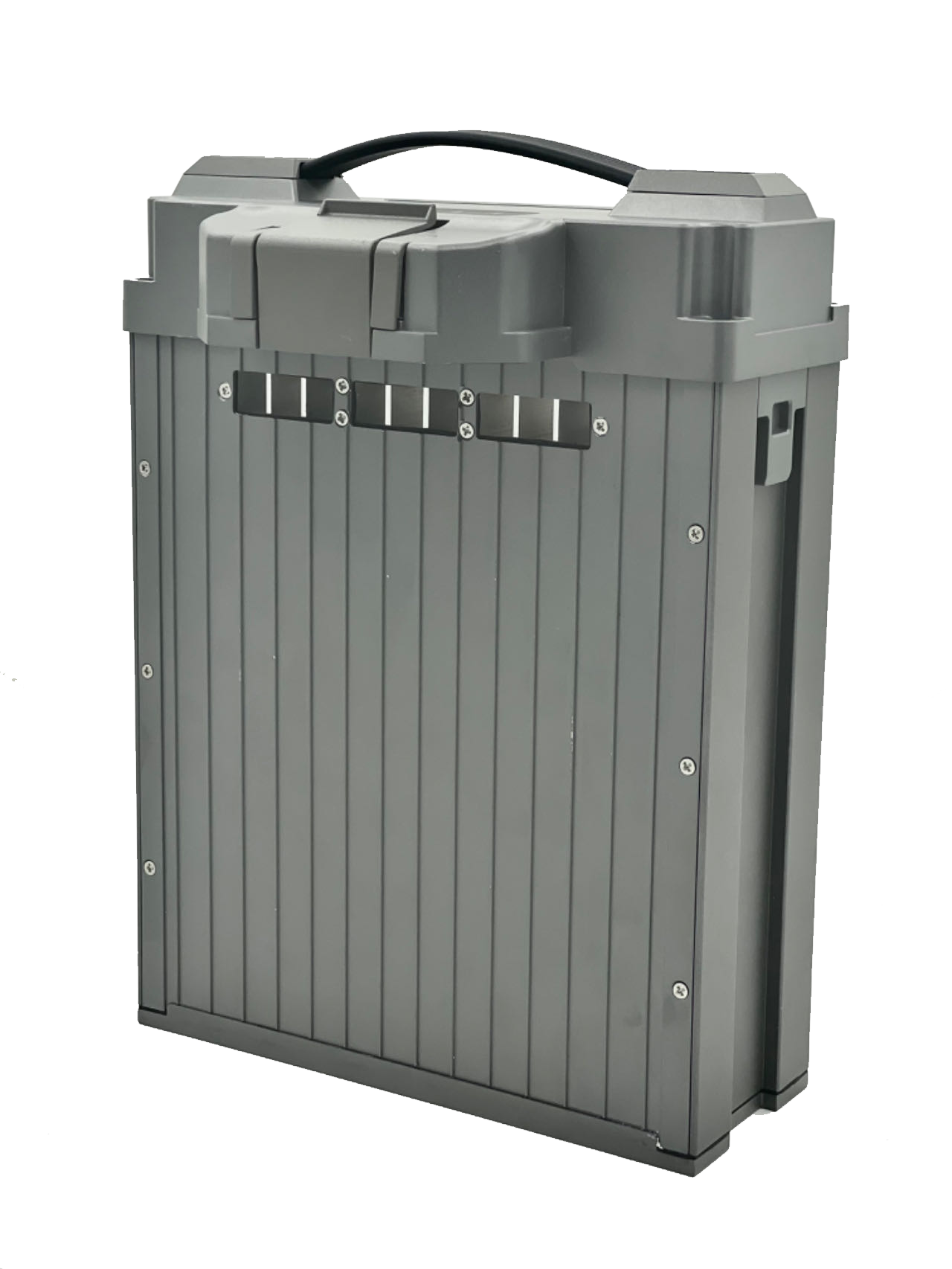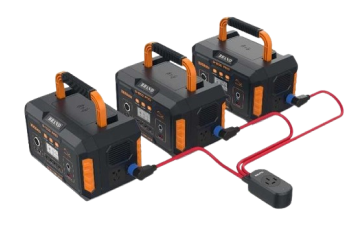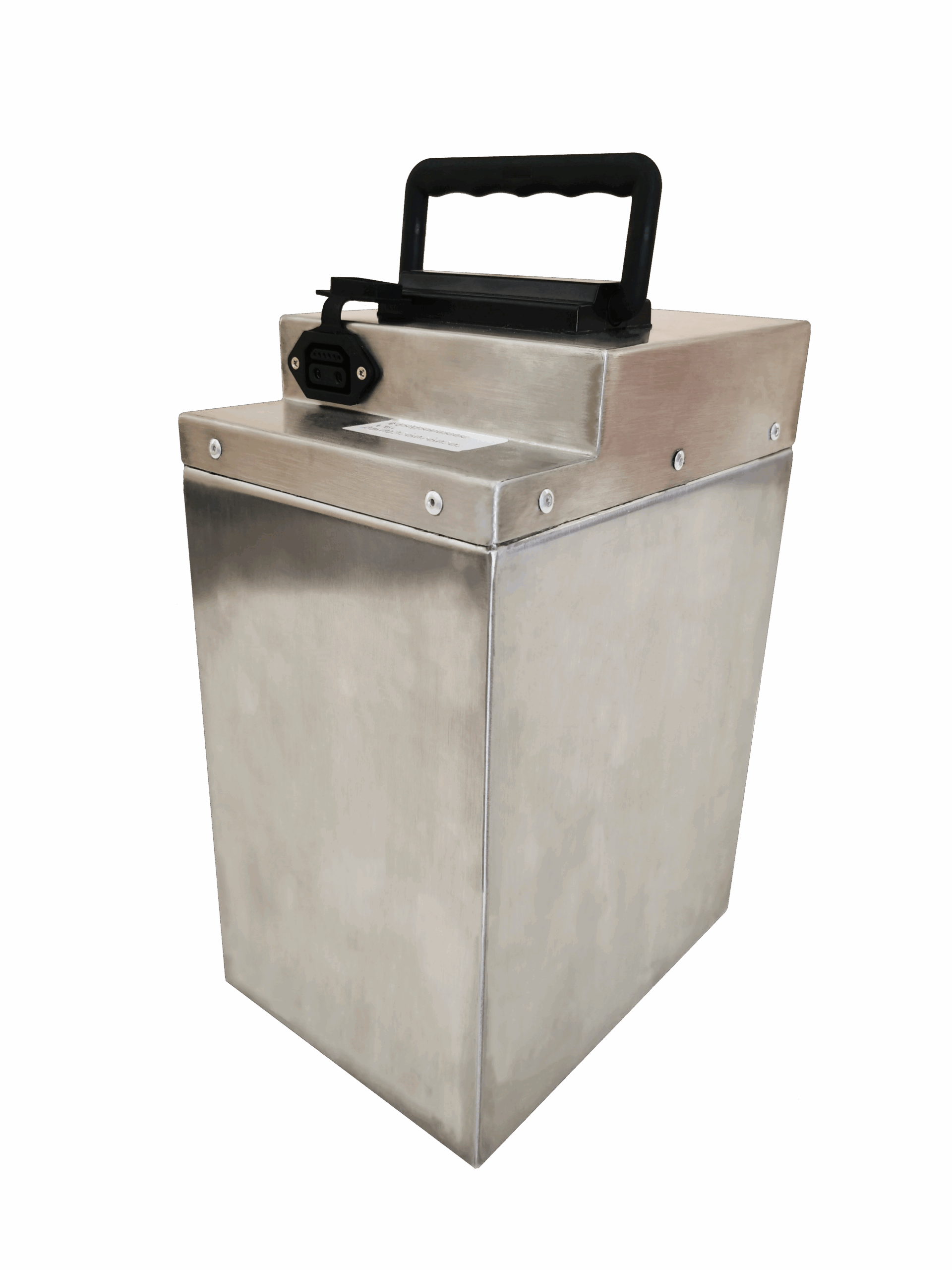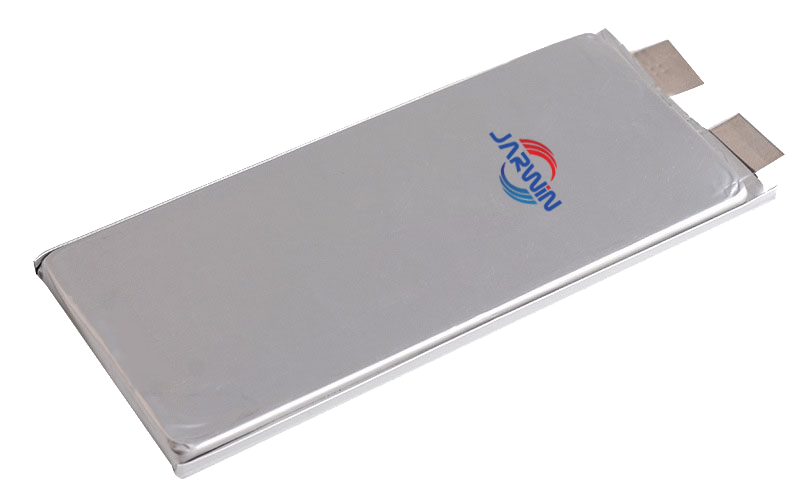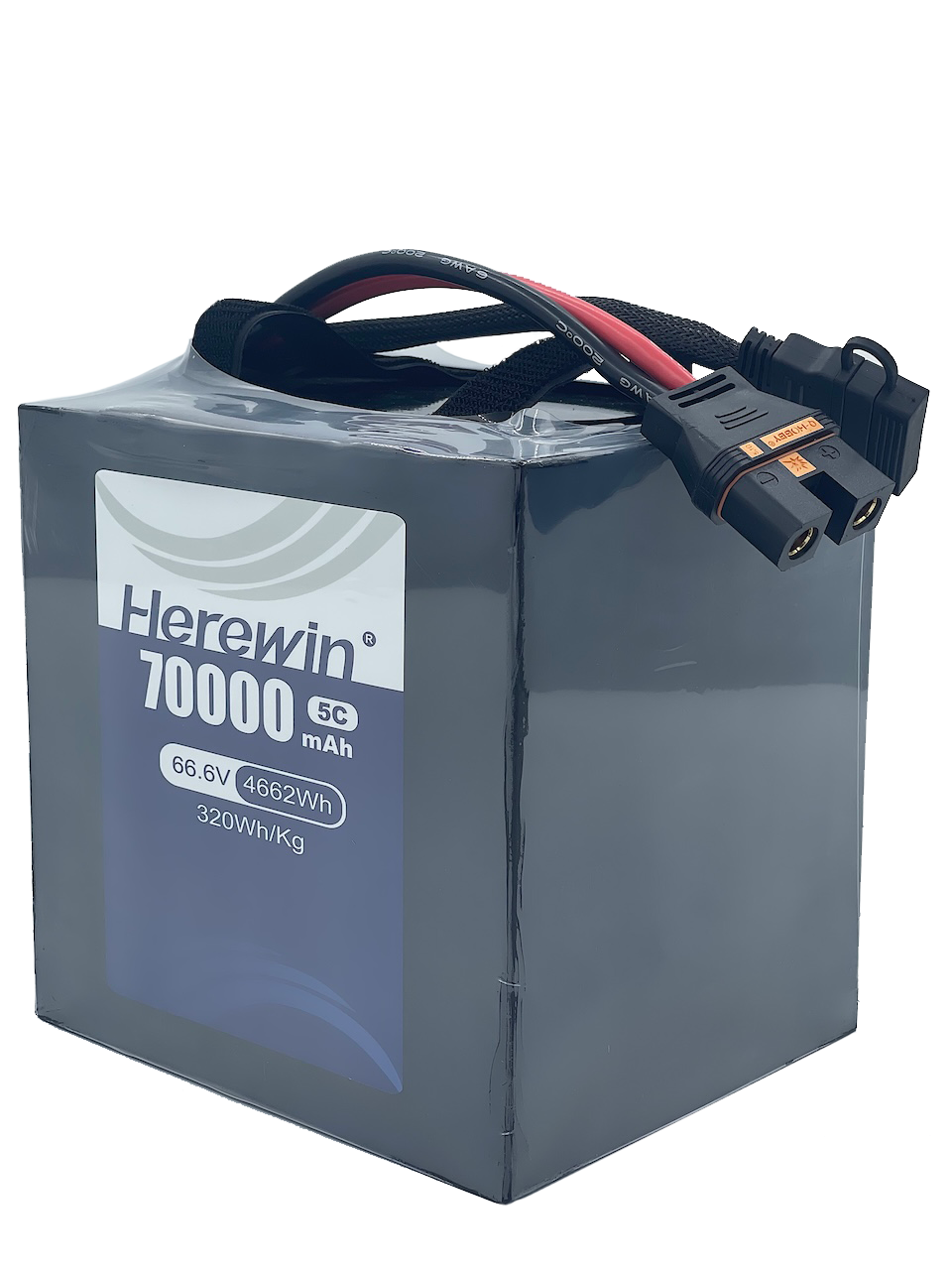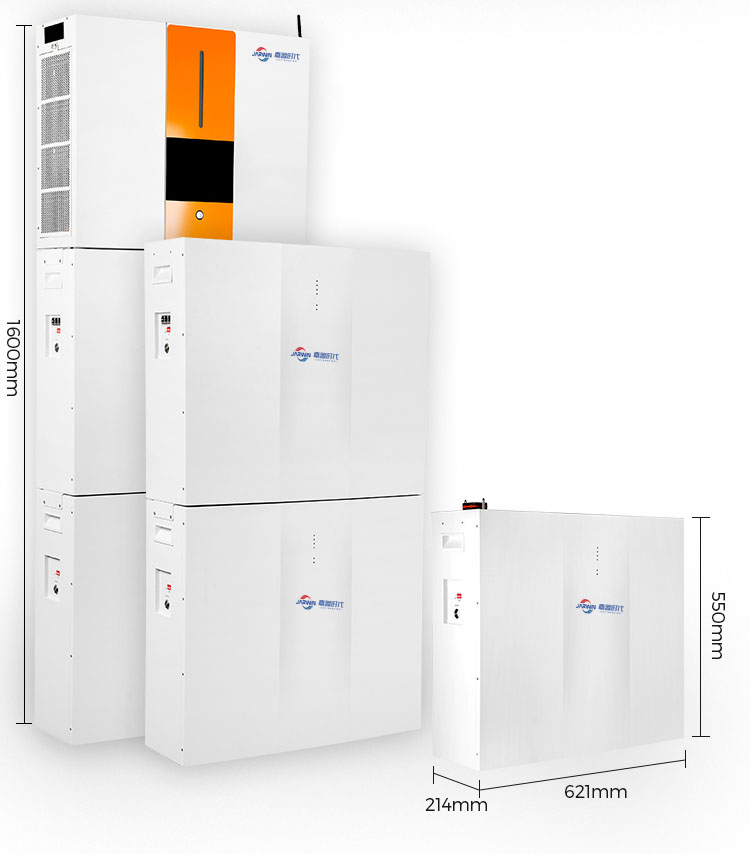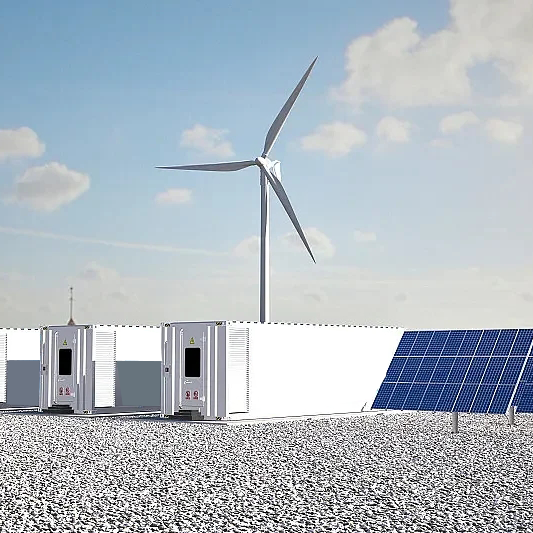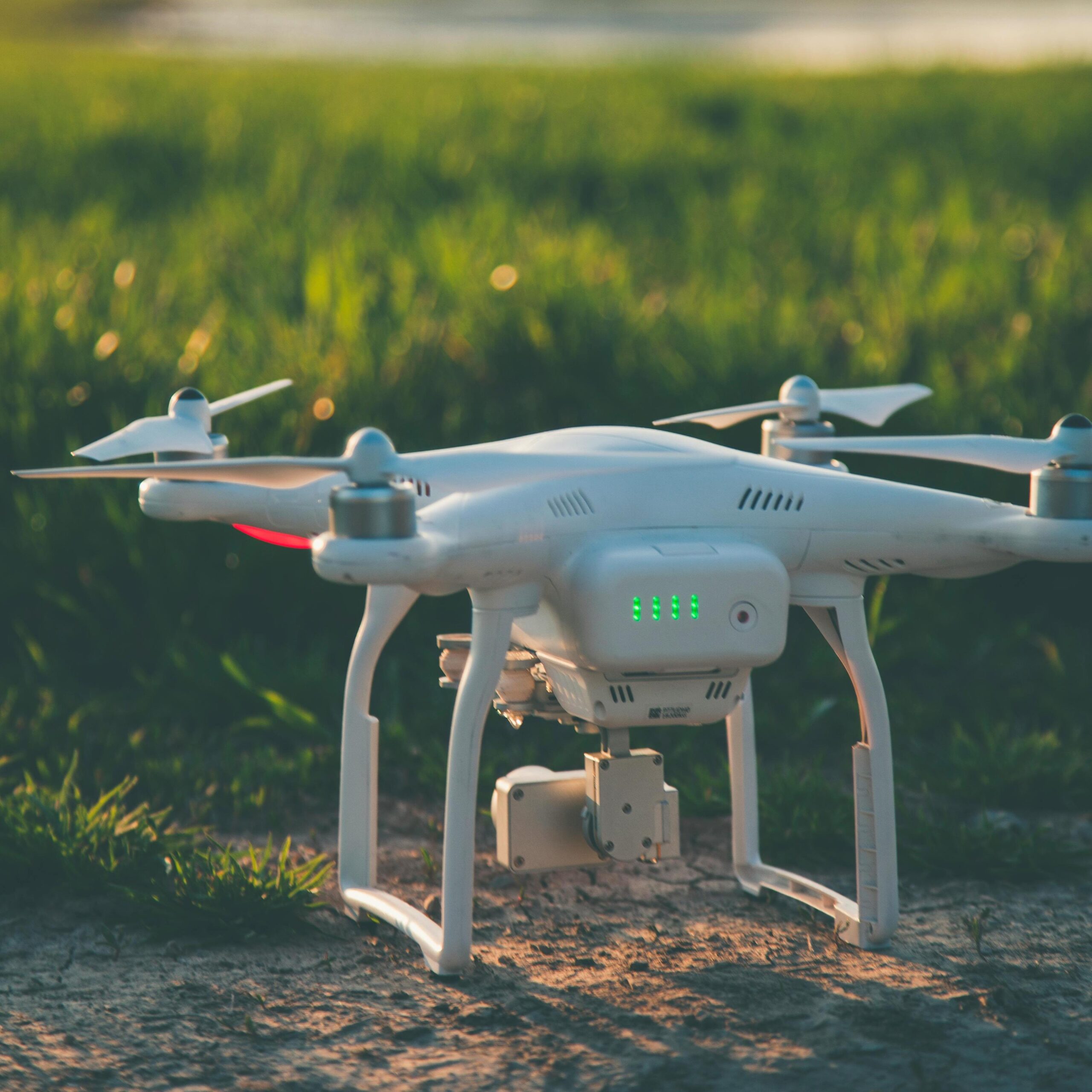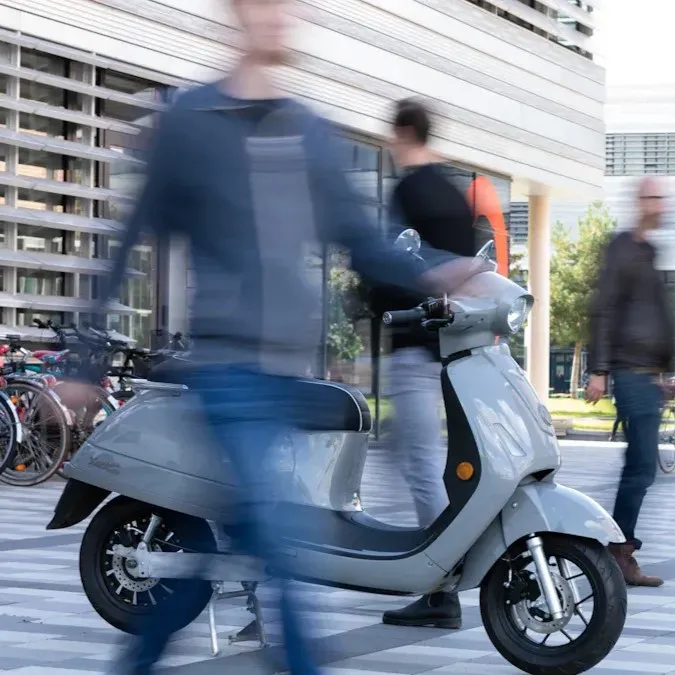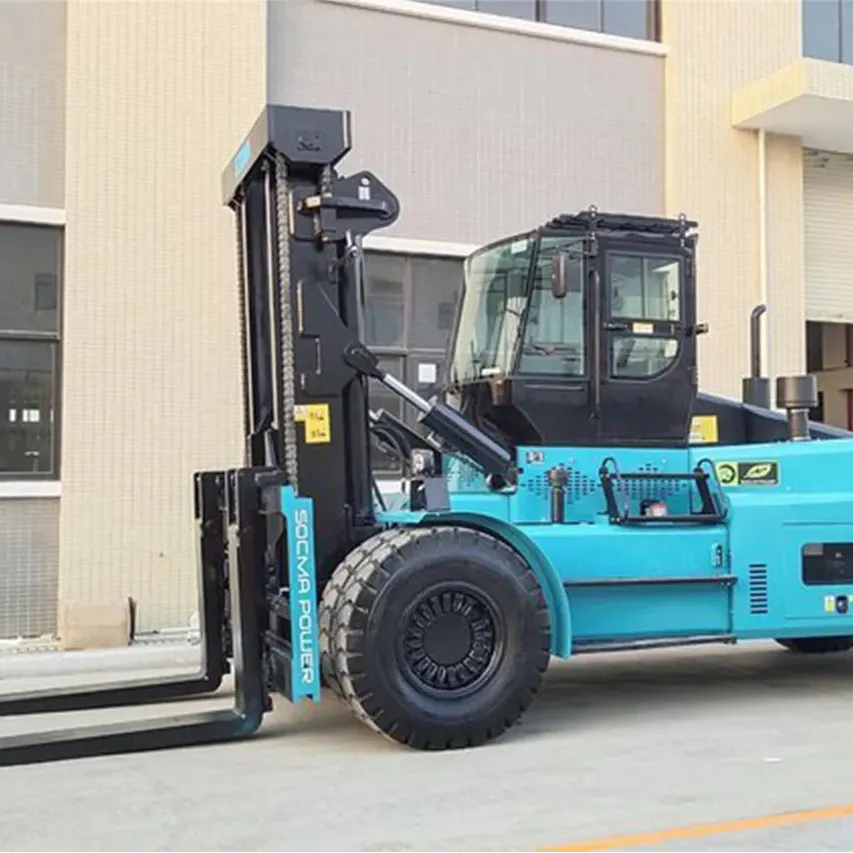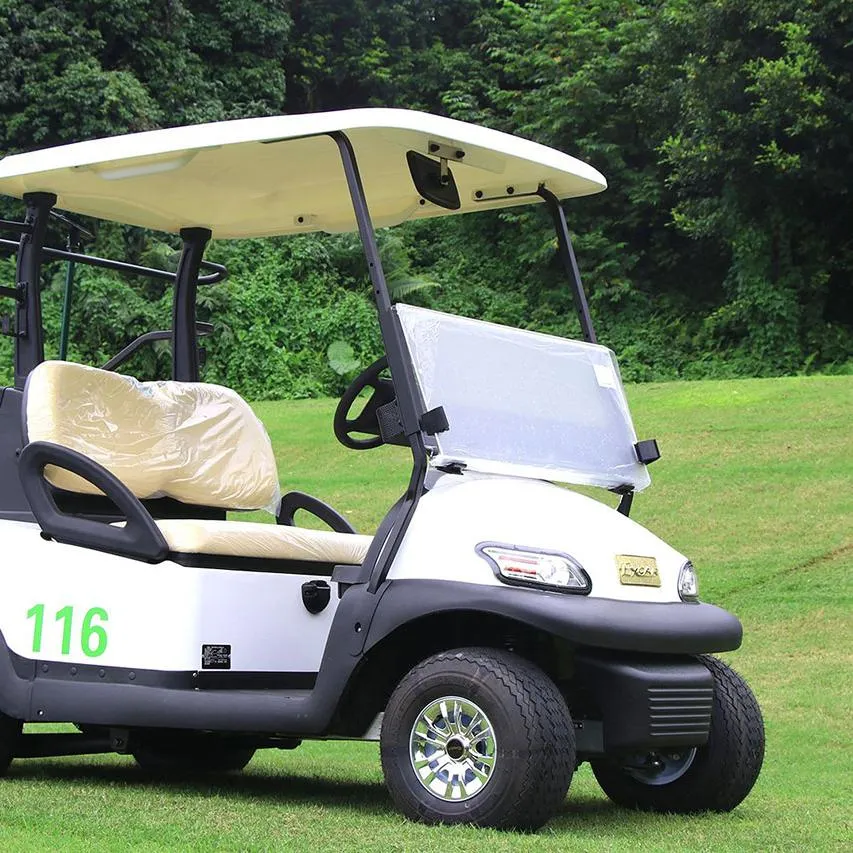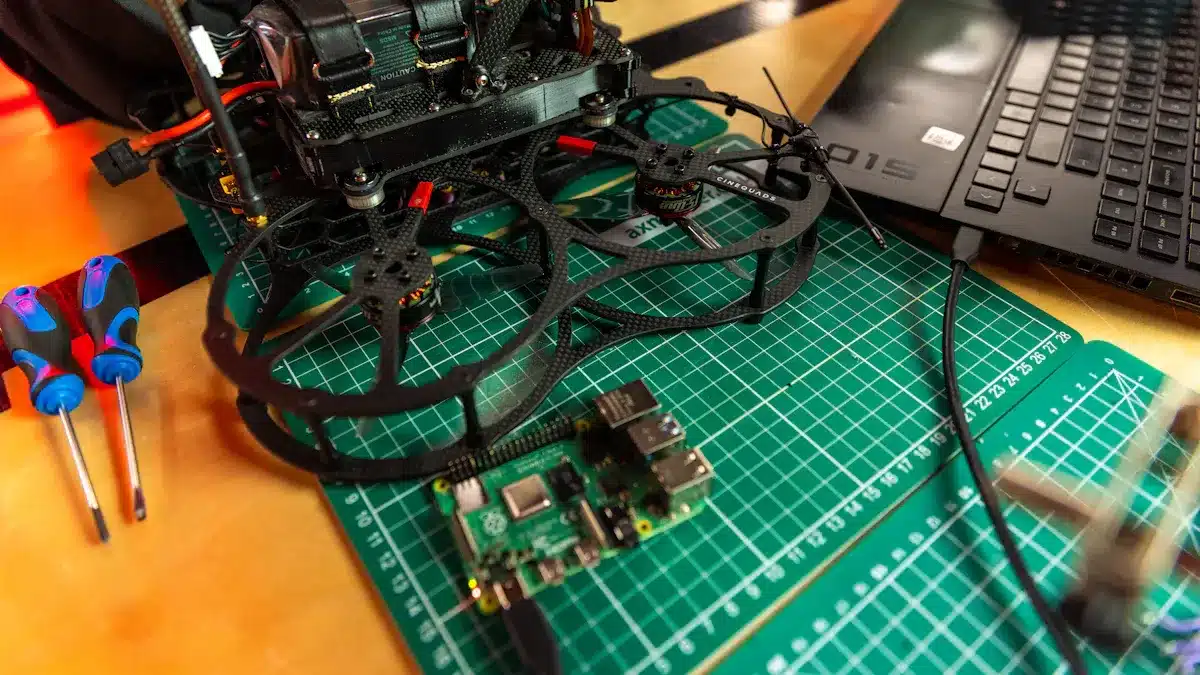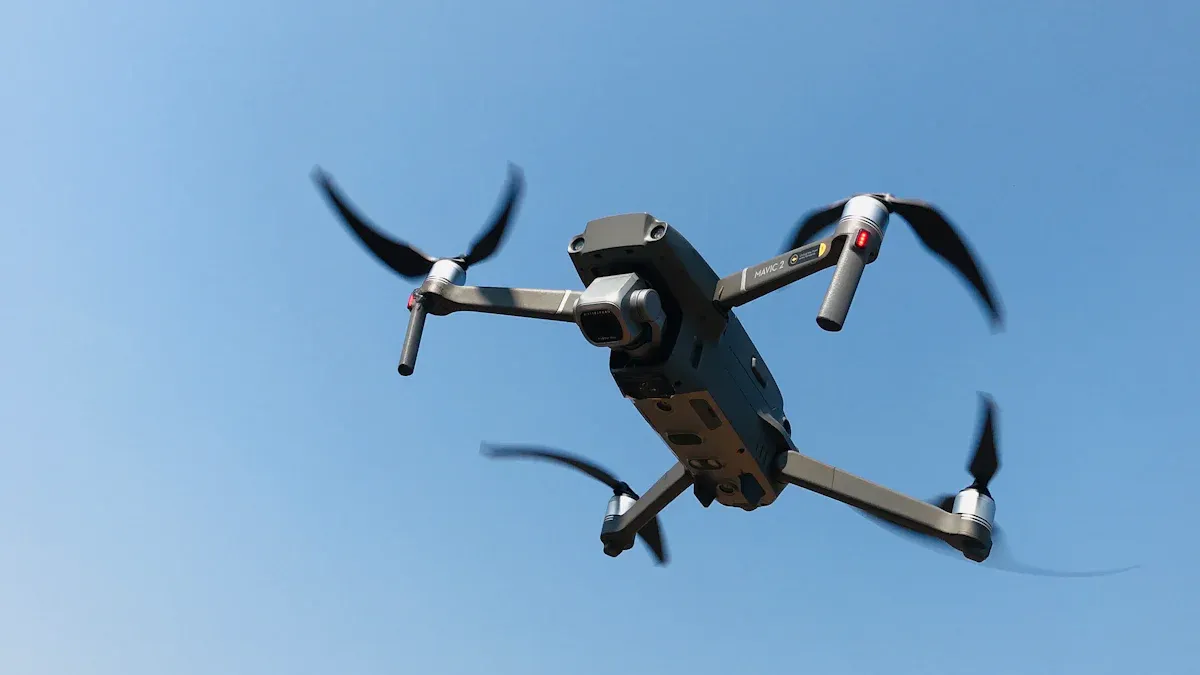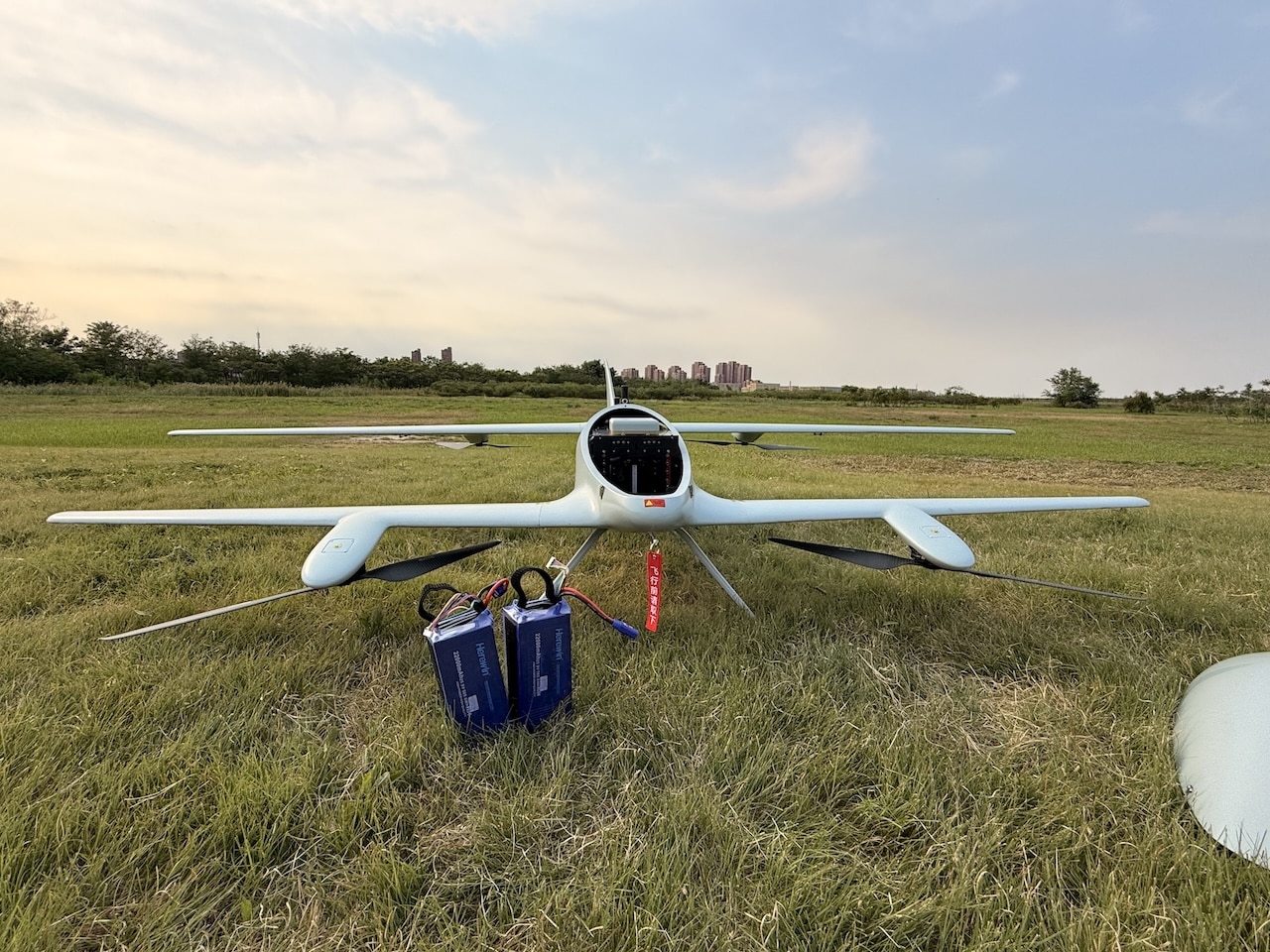
Drone Battery Replacement plays a key role in keeping your drone at its best. When your battery loses power, your drone cannot fly as long or as safely. Studies show that short battery life limits how far and how long drones can operate, making timely replacement important for energy savings and safety. Advanced brands like herewinpower provide high-performance batteries that help you avoid sudden power loss. You should learn how to spot battery problems and replace them safely to keep your drone reliable.
Key Takeaways
- Replace your drone battery regularly to keep your drone flying longer and performing better.
- Watch for signs like shorter flight times, overheating, swelling, or physical damage to know when to replace the battery.
- Using new, high-quality batteries ensures steady power, safer flights, and lowers the risk of sudden failures.
- Follow proper steps when replacing batteries, including choosing the right type and disposing of old batteries safely.
- Extend battery life by charging correctly, storing batteries at partial charge, and inspecting them before each flight.
Why Replace Your Drone Battery
Performance Impact
You want your drone to fly longer and perform better. Over time, batteries lose their ability to hold a charge. This means your drone cannot stay in the air as long as before. When you replace an old battery, you restore your drone’s flight time and power. A recent study shows that using advanced battery management, like the Extended Kalman Filter (EKF) algorithm, helps drones use energy more efficiently. This technology allows you to monitor the battery’s state of charge in real time. As a result, you avoid sudden power loss and keep your drone running smoothly.
Battery health directly affects how well your drone works. The table below shows how battery health indices drop as the battery ages. Lower health scores mean weaker performance and shorter flights.
| Flight Number | QLR Health Index | QRF Health Index | QGB Health Index | CNN MC Dropout Health Index |
|---|---|---|---|---|
| 11 | High (0.956) | Moderate (0.806) | Low (0.601) | Very High (0.998) |
| 30 | Moderate (0.602) | Low (0.471) | Very Low (0.191) | Very High (0.993) |
| 39 | Very High (1.0) | High (0.841) | Low (0.605) | Very High (0.997) |
| 44 | High (0.938) | High (0.903) | Low (0.541) | Perfect (1.0) |
| 69 | Moderate (0.834) | Moderate (0.659) | Low (0.306) | Perfect (1.0) |
| 73 | Moderate (0.763) | Low (0.506) | Very Low (0.157) | Perfect (1.0) |
| 85 | Low (0.283) | Very Low (0.184) | Very Low (0.068) | High (0.948) |
| 88 | High (0.961) | Moderate (0.727) | Low (0.241) | Perfect (1.0) |

Safety and Reliability
You depend on your drone for important tasks. A weak battery can put your drone at risk. When batteries degrade, they may overheat or fail during flight. This can cause your drone to lose power suddenly or even crash. Cold weather makes things worse by slowing down the battery’s chemical reactions. Your drone may not get enough power, which leads to shorter flights and less reliable performance.
Drone Battery Replacement helps you avoid these problems. By using a new, high-quality battery, you lower the risk of unexpected failures. You also make sure your drone operates safely every time you fly. Reliable batteries give you peace of mind, whether you use your drone for fun, work, or important missions.
Signs You Need Drone Battery Replacement

Reduced Flight Time
You may notice your drone does not stay in the air as long as it used to. This is one of the first signs that your battery is wearing out. As batteries age, they lose their ability to hold a full charge. Recent research shows that lithium-ion batteries, which most drones use, start to degrade after about 200 to 300 charging cycles. Even if you take good care of your battery, it usually lasts only 3 to 5 years before it needs replacement.
Test flights show how flight time drops as battery capacity fades. For example, a drone with a full battery and no payload can fly for about 12 minutes. If you add a heavy payload, flight time drops to 8 minutes. Windy conditions or high speeds can cut flight time even more, sometimes down to 7 minutes. This means you cannot complete longer missions or cover as much ground.
You can also compare your drone’s flight time to typical values:
| Battery Capacity (mAh) | Typical Flight Time (minutes) | Drone Category |
|---|---|---|
| 4,000 – 5,000 | 15 – 25 | Recreational Drones |
| 5,000 – 7,000 | 25 – 35 | Mid-Range Drones |
| Over 10,000 | 40 – 60 | Professional Drones |
If your drone’s flight time falls below these ranges, you should consider Drone Battery Replacement.
Tip: Keep a log of your average flight times. If you see a steady drop, your battery may be reaching the end of its life.
Overheating or Swelling
You should always check your drone battery for signs of overheating or swelling. These problems can be dangerous and may cause your drone to fail during flight. Many users have reported that batteries get hot during long flights. Some drones, like the EVO 2 Pro, have overheated in mid-air, leading to sudden power loss and crashes.
- Battery temperatures can rise quickly, especially when power drops to 15-18%.
- Some batteries reach 107°F (41.7°C) during flight and can go up to 117°F (47.2°C) before landing.
- If the battery temperature goes above 140°F (60°C), it may shut down to prevent damage.
- Hot weather (over 85°F) and high humidity (over 70%) make overheating more likely.
Lithium-ion batteries work best between -4°F and 140°F (-20°C to 60°C). If you use your drone in hot weather, you risk swelling and damage. Swollen batteries look puffy or misshapen. You should never use a swollen battery, as it can leak or catch fire.
Alert: If you feel your battery getting hot or see swelling, stop using it right away. Let it cool down in a safe place and replace it as soon as possible.
Physical Damage
Physical damage is another clear sign you need a new battery. You might see cracks, dents, or leaks on the battery case. Dropping your drone or battery can cause this kind of damage. Even small cracks can let moisture in, which can ruin the battery and make it unsafe.
You should inspect your battery before every flight. Look for:
- Cracks or dents in the casing
- Leaking fluid or strange smells
- Loose or damaged connectors
If you find any of these problems, do not use the battery. Replace it to keep your drone safe and reliable.
Note: Always handle your batteries with care. Store them in a dry, cool place and use protective cases when transporting them.
Benefits of Timely Drone Battery Replacement
Enhanced Flight Time
When you replace your drone battery on time, you help your drone fly longer. New batteries hold more energy, so your drone can stay in the air for more minutes. Advanced batteries, like those from herewinpower, use high energy density materials. This means they store more power without adding extra weight. You get longer flights, which is important for tasks like aerial photography or surveying. Some new battery technologies, such as solid-state and lithium-sulfur, push flight times even further. Lightweight drone designs and smart power management systems also help you get the most out of each charge.
- High energy density batteries give you longer flight times.
- Lightweight designs improve battery performance.
- Smart power management systems make each flight more efficient.
Consistent Power Delivery
A fresh battery gives your drone steady power from takeoff to landing. You do not have to worry about sudden drops in energy. Herewinpower drone batteries use advanced battery management systems (BMS) to monitor and balance each cell. This keeps the voltage stable and prevents power loss during flight. Consistent power delivery helps your drone perform better, even in tough conditions. You can trust your drone to finish its mission without surprises.
Tip: Always use batteries with built-in safety features and smart monitoring for the best results.
Lower Risk of Failure
Timely Drone Battery Replacement lowers the chance of battery failure. Old batteries can overheat, swell, or even stop working in mid-air. Newer batteries, especially those with advanced chemistries like solid-state, are safer and less likely to catch fire. Herewinpower batteries include protective coatings and temperature controls to keep them safe in extreme weather. Regular maintenance and monitoring also help you spot problems early, so you avoid unexpected failures.
- Solid-state batteries offer higher safety and lower risk of combustion.
- Advanced BMS and protective coatings improve reliability.
- Regular checks and timely replacement prevent sudden failures.
When you choose advanced batteries, you save money in the long run. Fewer replacements and less downtime mean better operational efficiency. Herewinpower batteries last longer and work well in many drone applications, making them a smart investment.
How to Replace Your Drone Battery

Choosing the Right Battery
Selecting the correct battery is the first step for safe and effective Drone Battery Replacement. You need to match your drone model with a compatible battery. Start by checking your drone’s manual or the manufacturer’s website for battery specifications. Look for details such as voltage (V), capacity (mAh), discharge rate (C rating), and connector type. These factors ensure your new battery fits and works well with your drone.
Herewinpower offers a wide range of drone batteries designed for different models and uses. Their batteries feature high energy density, lightweight design, and advanced safety features. When choosing a battery, consider the following:
- Capacity (mAh): Higher capacity means longer flight time.
- Voltage (V): Must match your drone’s requirements.
- Discharge Rate (C rating): Supports the power needs of your drone, especially for high-performance models.
- Weight: Should not exceed your drone’s payload limit.
- Connector Type: Must fit your drone’s power port.
- Physical Size: Needs to fit securely in the battery compartment.
- Brand Reliability: Choose trusted brands like herewinpower for quality and safety.
Tip: Visit herewinpower.com to find batteries that match your drone model. You can also get support and advice from their team.
Replacement Steps
Replacing your drone battery is simple if you follow the right steps. Always work in a clean, dry area and handle batteries with care. Here is a step-by-step guide:
- Turn off your drone and remove the old battery. Make sure the drone is powered down to avoid short circuits.
- Inspect the old battery for any signs of damage, swelling, or leaks. If you notice any issues, handle the battery with extra caution.
- Safely discharge the old battery before removal. You can do this by running the drone’s motors without propellers or using a battery discharger. Avoid over-discharging, and monitor the battery temperature.
- Check the new battery for compatibility and any visible damage. Only use batteries that are in perfect condition.
- Insert the new battery into the compartment, making sure it fits snugly and the connectors align properly.
- Secure the battery using any straps or locks provided by your drone’s design.
- Charge the new battery fully before your first flight. Use the original charger recommended by the battery manufacturer.
- Perform a test flight in a safe, open area to ensure everything works correctly.
Safety Alert: Never force a battery into place. If it does not fit, double-check the specifications. Always use a fireproof charging bag or container when charging LiPo batteries.
Safe Disposal
Proper disposal of old or damaged drone batteries protects you and the environment. Lithium-ion and LiPo batteries can be hazardous if not handled correctly. Follow these steps for safe disposal:
- Fully discharge the battery to 0 volts before disposal. You can use a battery discharger or run the drone’s motors until the battery is empty.
- Avoid using salt water to discharge batteries. This method can create toxic gases and is not safe.
- Inspect the battery for swelling, leaks, or punctures. If you see any damage, handle the battery with gloves and place it in a fireproof container.
- Short the battery leads after full discharge to prevent any leftover charge.
- Do not physically destroy the battery. Crushing or puncturing can cause fires or explosions.
- Take the battery to a local recycling facility or hazardous waste center. Many electronics stores offer battery recycling programs.
- Store unused batteries at about 50% charge in a cool, dry place until you can dispose of them.
Note: Never throw drone batteries in the trash. Proper recycling keeps harmful chemicals out of the environment and reduces fire risks.
If you need more help with Drone Battery Replacement, you can find detailed guides and support at herewinpower.com.
Maximizing Battery Lifespan
Proper Charging
You can extend your drone battery’s life by following smart charging habits. Always use the charger recommended by your battery’s manufacturer. This ensures the correct voltage and current for your battery. Remove the battery from the charger as soon as it reaches full charge. Overcharging can cause overheating and shorten battery life. Charge your batteries in a safe place, and never leave them unattended or charging overnight.
- Charge batteries only within the optimal temperature range of 50°F to 77°F (10°C to 25°C).
- Avoid fast charging unless necessary, as frequent fast charging can reduce battery health.
- Use balanced chargers for LiPo batteries to keep cell voltages equal and prevent imbalances.
- Charge at the rate suggested by the manufacturer, usually 1C (charging current equal to battery capacity).
Tip: Always monitor your battery during charging and use a fireproof LiPo bag for extra safety.
Storage Tips
Proper storage helps slow down battery aging. Store your batteries in a cool, dry place away from direct sunlight and heat sources. Never store batteries fully charged or completely empty. Instead, keep them at about 50-60% charge if you plan to store them for a long time.
- Store batteries at partial charge, ideally between 20% and 80%.
- Keep batteries away from flammable materials.
- Rotate your batteries if you have several, so each one gets used evenly.
- Check stored batteries every few months and recharge to safe levels if needed.
Note: Using a battery management system can help you track battery health and storage status.
Maintenance Practices
Regular maintenance keeps your drone batteries safe and reliable. Inspect your batteries before and after each flight. Look for swelling, cracks, or leaks. Clean the battery surfaces to remove dust and moisture. Avoid exposing batteries to high temperatures or strong vibrations.
- Use only chargers that match your battery’s brand and specifications.
- Follow the manufacturer’s instructions for charging and discharging.
- Adjust charging and discharging rates based on seasonal temperature changes.
- Replace any battery that shows signs of damage or corrosion.
Keeping up with these practices will help you get the most out of every battery and keep your drone flying safely.
You keep your drone safe and efficient when you make Drone Battery Replacement a regular habit. High-quality batteries from herewinpower give you longer flight times and reliable power. Smart Battery Management Systems offer real-time monitoring and predictive maintenance. You see verified battery health data, which helps you make better decisions. Regular checks and proper care protect your investment. Explore herewinpower’s advanced battery solutions to improve your drone’s performance.
- Smart BMS enables real-time monitoring and adaptive settings.
- Full-process quality control ensures reliability and safety.
FAQ
How often should you replace your drone battery?
You should replace your drone battery every 2 to 3 years or after 200 to 300 charge cycles. If you notice shorter flight times or swelling, replace it sooner. Always check your battery before each flight.
Can you use any battery brand for your drone?
No, you should only use batteries that match your drone’s voltage, size, and connector type. Trusted brands like herewinpower offer reliable options. Using the wrong battery can damage your drone or cause safety issues.
What should you do if your battery swells?
Alert: Stop using the battery right away. Place it in a fireproof container. Do not charge or fly with it. Take it to a battery recycling center for safe disposal.
How can you make your drone battery last longer?
You can follow these tips:
- Charge with the recommended charger.
- Store at 50-60% charge.
- Avoid extreme heat or cold.
- Check for damage before each use.
Where can you find support for drone battery replacement?
You can visit herewinpower.com for product guides, support, and expert advice. Their team can help you choose the right battery and answer your questions.


